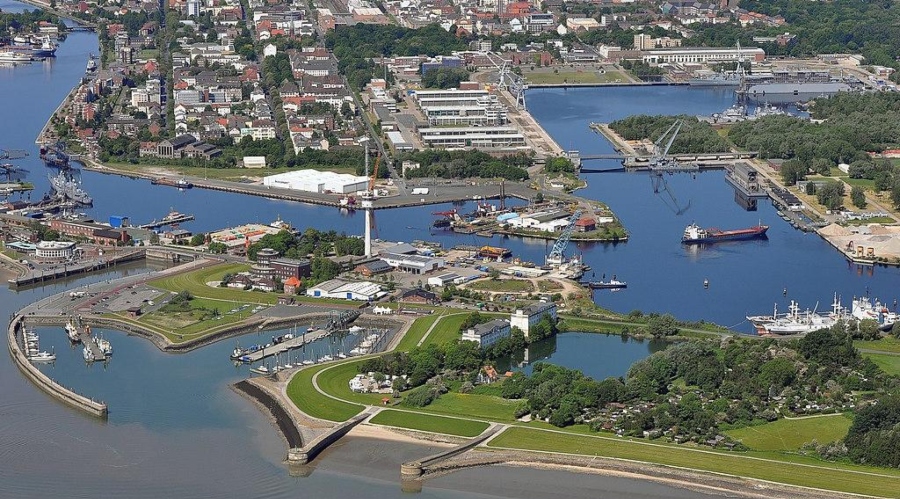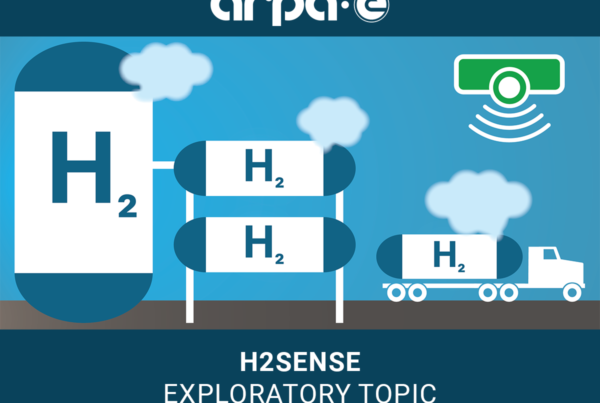
With an investment of 2.5 billion euros, the new facility could meet up to 10% of Germany’s energy demands
Last week, authorities in Lower Saxony announced a gigantic grey hydrogen project near the city of Wilhelmshaven, on the German North Sea coast. The project is the result of a 2.5-billion-euro investment by Belgian company AtlasInvest.
The facility will use methane, imported from the Middle East, which will later be used to produce hydrogen. Construction is set to begin as soon as 2023 and will unveil the finished facility in stages.
The final stage is set to be complete in 2027, when, according to the NDR, a German public radio station, the hydrogen plant is supposed to start producing hydrogen that can cover roughly 10% of Germany’s energy needs.
Gigantic opportunity for the region and Germany
The hydrogen plant started two years ago with the AtlasInvest subsidiary, TES, that set up a 40-person office in Wilhelmshaven, quietly working on the project. Local authorities, though, estimate, that when the facility opens it could provide 1,200 jobs for the region.
The hydrogen facility will be near Wilhelmshaven’s port and in five years it will have the capacity to handle four to six Suez class supertankers filled with Middle Eastern methane, carrying 25 terawatt-hours of energy. It will then use that methane to produce half a million tons of grey hydrogen.

Suez class tanker, Source: kees torn via Wikipedia, CC BY-SA 2.0
Hydrogen is a key component in Europe’s efforts to de-carbonise energy and transport. It is a fuel that, instead of CO2 as a by-product, emits water. However, it is somewhat energy-intensive to produce hydrogen, and depending on the source of energy, it can be carbon-intensive as well, which can offset the benefits of the CO2-free fuel.
Currently, there are three types of hydrogen, based on the method used to produce them. Brown hydrogen – made by burning fossil fuels, grey – made by using natural gas and green hydrogen – made with renewable energy.
Despite the plant in Wilhelmshaven not being the greenest option, it is still a major breakthrough in Germany’s efforts to lower emissions. According to the German Press Agency (DPA) Lower Saxony’s Olaf Lies, this is a gigantic opportunity for the region as Northern Germany can become the entry point for renewable energy for the whole country.
Source: themayor.eu
Read the most up to date Fuel Cell and Hydrogen Industry news at FuelCellsWorks




